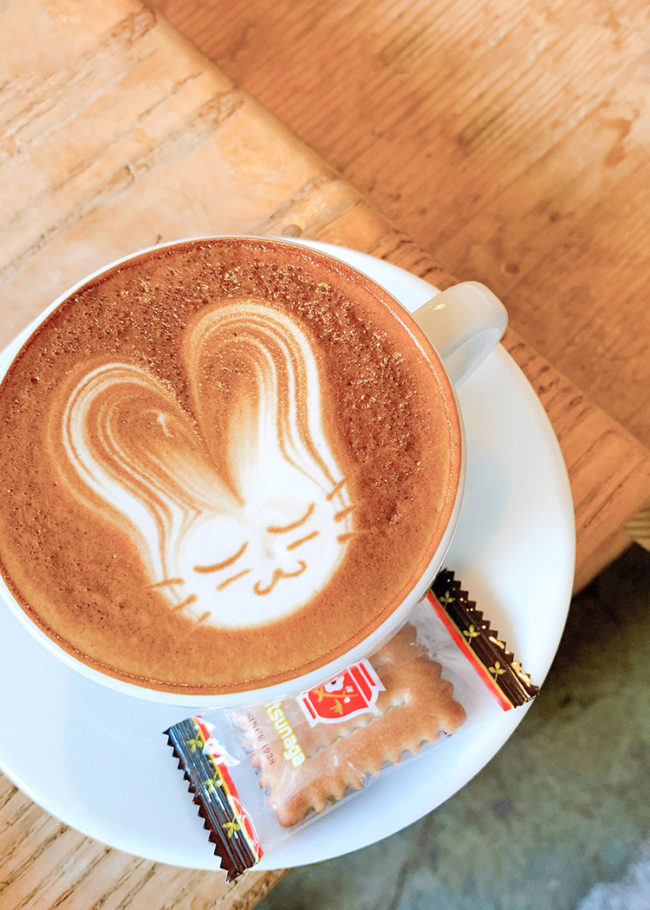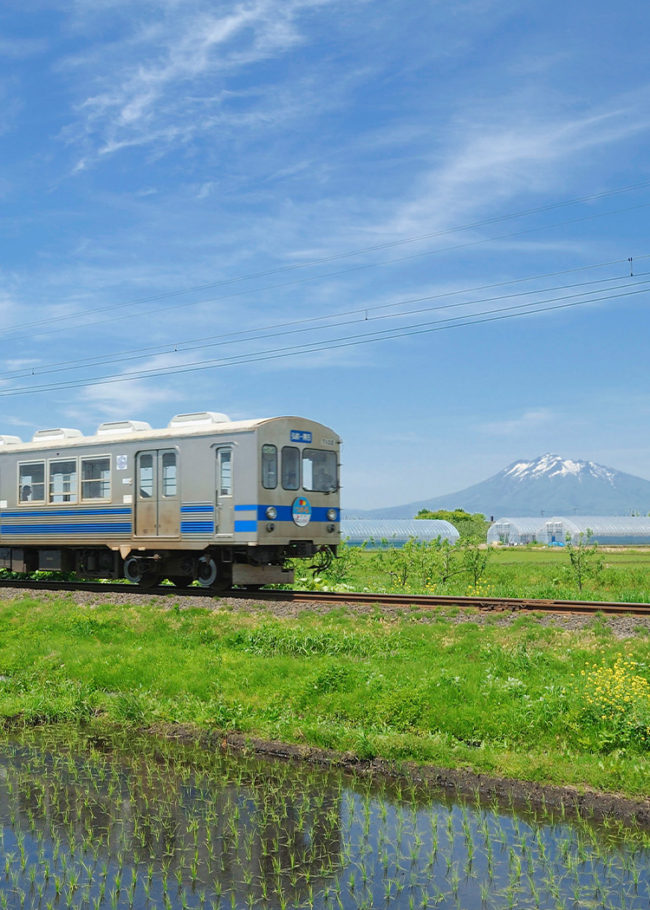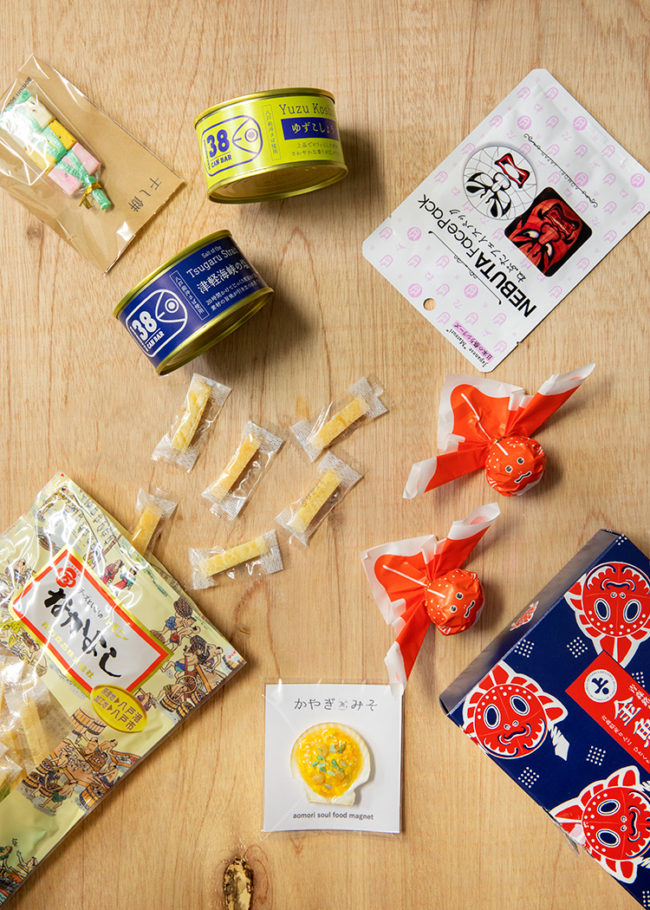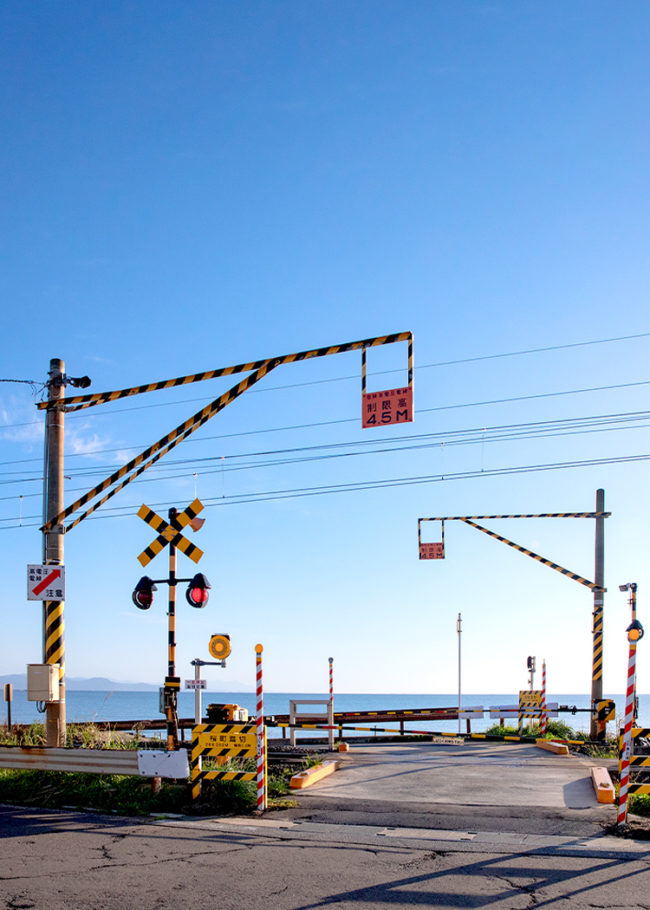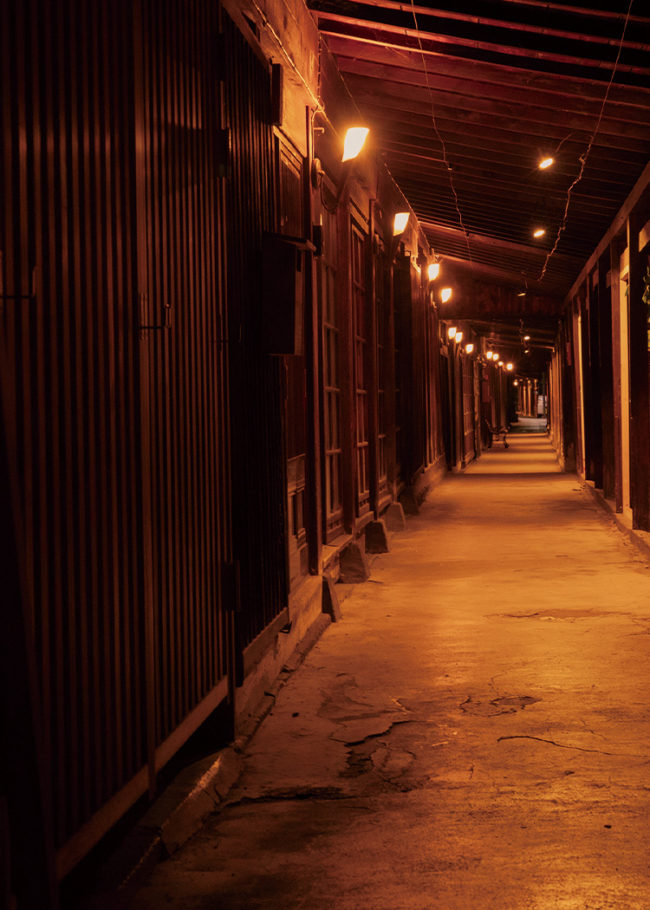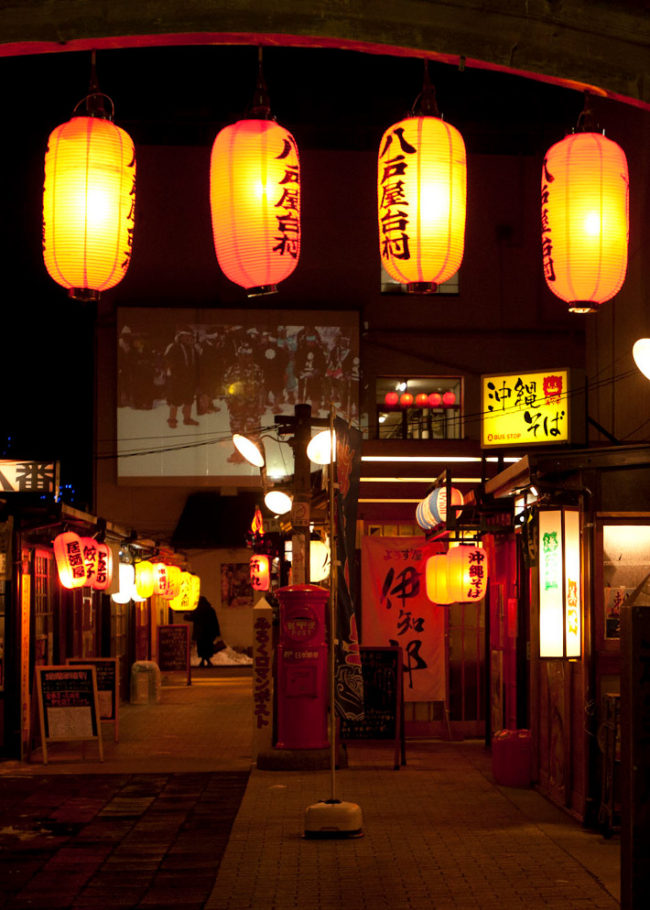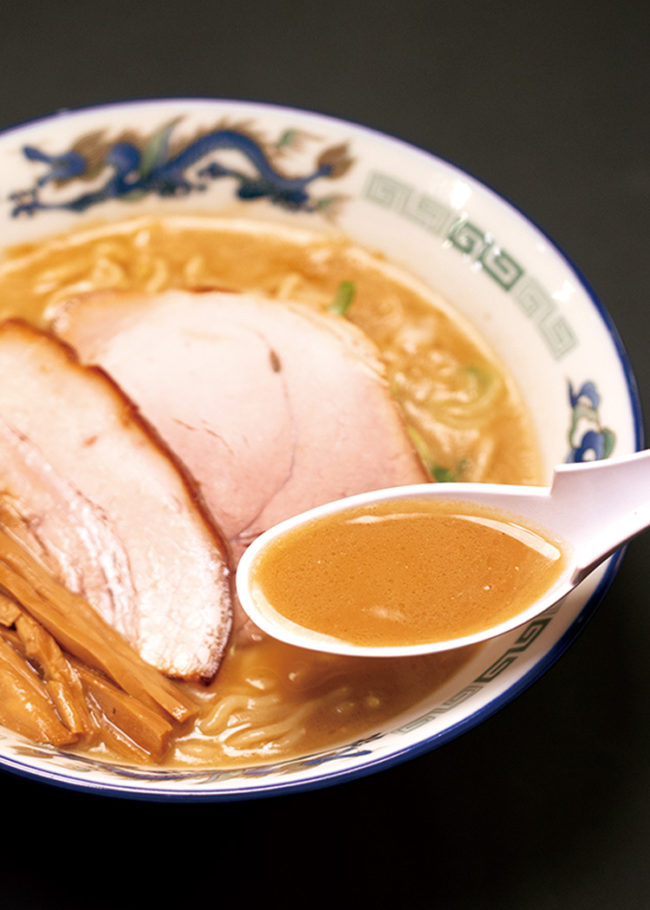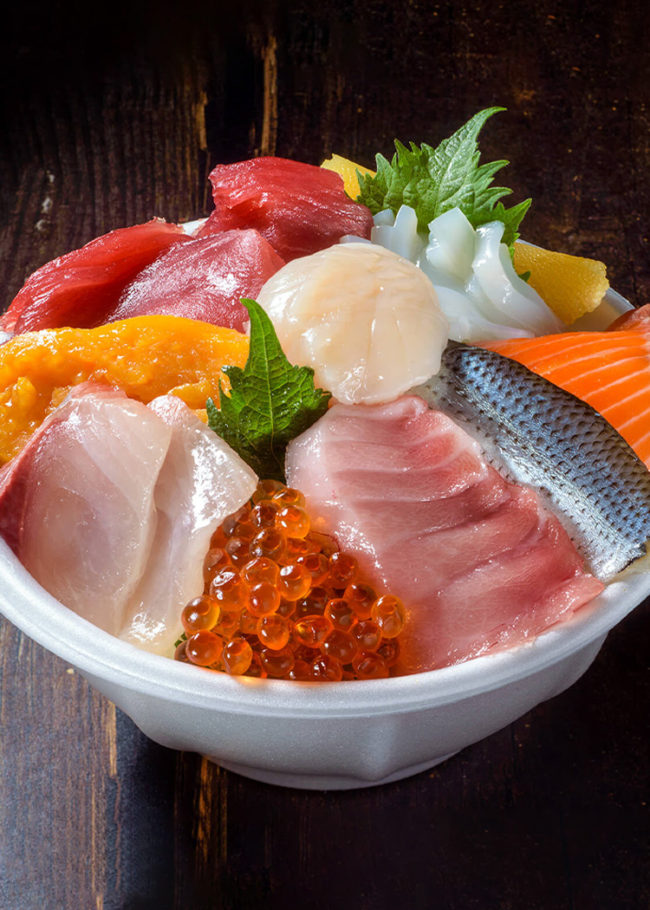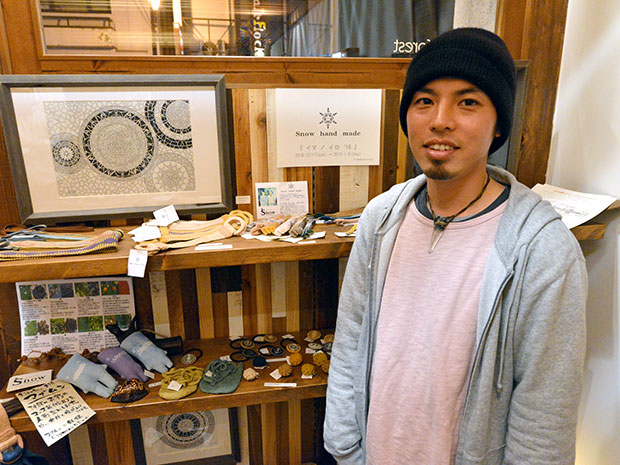
Exhibition and sale by dyeing and weaving artists in Hirosaki, etc. Works woven with primitive machines on yarn of plant and wood dyeing
"Imanoiro '16" is currently being held at Hirosaki's select shop "Bamboo Forest" (Daikanmachi, Hirosaki City).
"Snow hand made," organized by Ryosuke Sasaki and Yuki Kasai, who emigrated from Hateruma Island, Okinawa to Hirosaki in July last year, is the first exhibition and sales event to be held at a physical store. The two people who make weaving, knitting and accessories of plant dyeing exhibited at craft fairs held in the prefecture such as "Tsugaru forest" and "Komichi" this year.
Ms. Sasaki from Yokohama and Ms. Kasai from Hirosaki started a dyeing and weaving company in Iriomote Island, Akiko Ishigaki, and then set up a Pinumutu workshop on Hateruma Island. Mr. Sasaki creates yarn dyed with natural plant dyes, and Mr. Kasai makes particular works on the primitive machines (genjibata) that he started to use during the Yayoi period and handmade.
Sasaki says, "I was impressed by the amount of handwork and the high level of work, and decided to make things other than Hateruma Island as Hirosaki," as the reason for moving the base of activities to Hirosaki. It crosses the Japanese archipelago 6500 km in 47 days and is currently engaged in creative activities with a vacant house in the Kamimori area as a workshop. "I was looking for a house with well water for dyeing," he smiles.
At the venue, 6 kinds of textiles such as camera straps (14,000 yen), furoshiki bands (4,000 yen), 6 kinds of knitting such as hair elastic (1,800 yen), lace knitting piercings (3,000 yen), stalls and shawls about 100 pieces Line up the dots.
Sasaki, who lives in Aomori for the first time, is surprised at the number of plants that can be used as dyes. "For Hateruma, we create colors based on the three major dyes of blue, red, and yellow. Aomori does not have the same darkness as Hateruma, but there are a wide variety of plants to be dyed. Indigo at various places in the prefecture There are also people who grow Shikon in Towada, and I couldn't understand it until I lived."
Miki Takemori, the owner of the “Bamboo Forest” store, said, “There are many people who are really impressed with the hand-made work such as machines, and when they announced it on their website, some customers came from Akita and Iwate.” speak.
Business hours are from 11:00 to 19:00. Closed Tuesdays, 2nd and 4th Mondays (31st December, 1st January closed). The exhibition is until January 5, next year.










